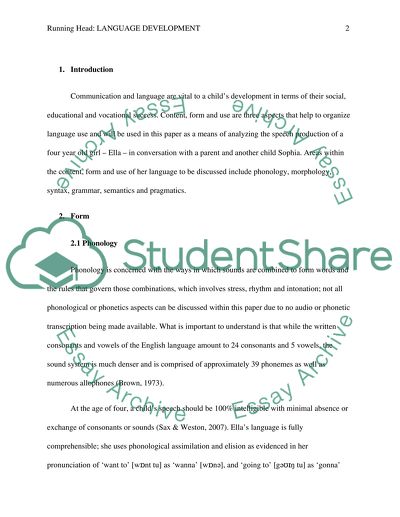Cite this document
(“Language Development Research Paper Example | Topics and Well Written Essays - 2250 words”, n.d.)
Retrieved from https://studentshare.org/humanitarian/1577014-language-development
Retrieved from https://studentshare.org/humanitarian/1577014-language-development
(Language Development Research Paper Example | Topics and Well Written Essays - 2250 Words)
https://studentshare.org/humanitarian/1577014-language-development.
https://studentshare.org/humanitarian/1577014-language-development.
“Language Development Research Paper Example | Topics and Well Written Essays - 2250 Words”, n.d. https://studentshare.org/humanitarian/1577014-language-development.


